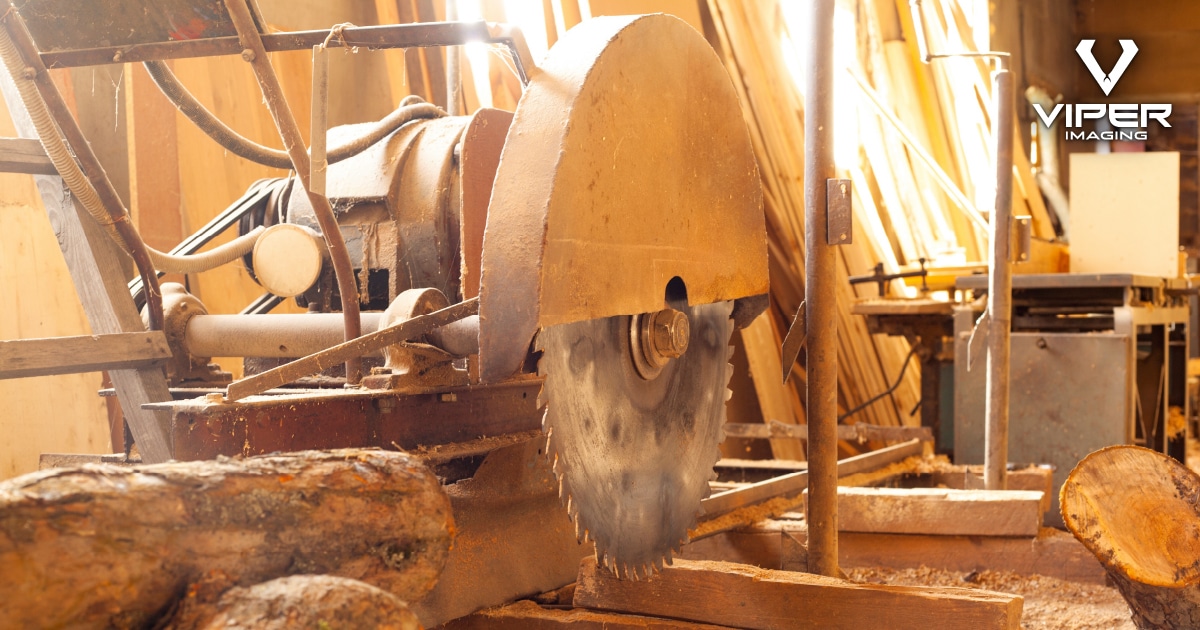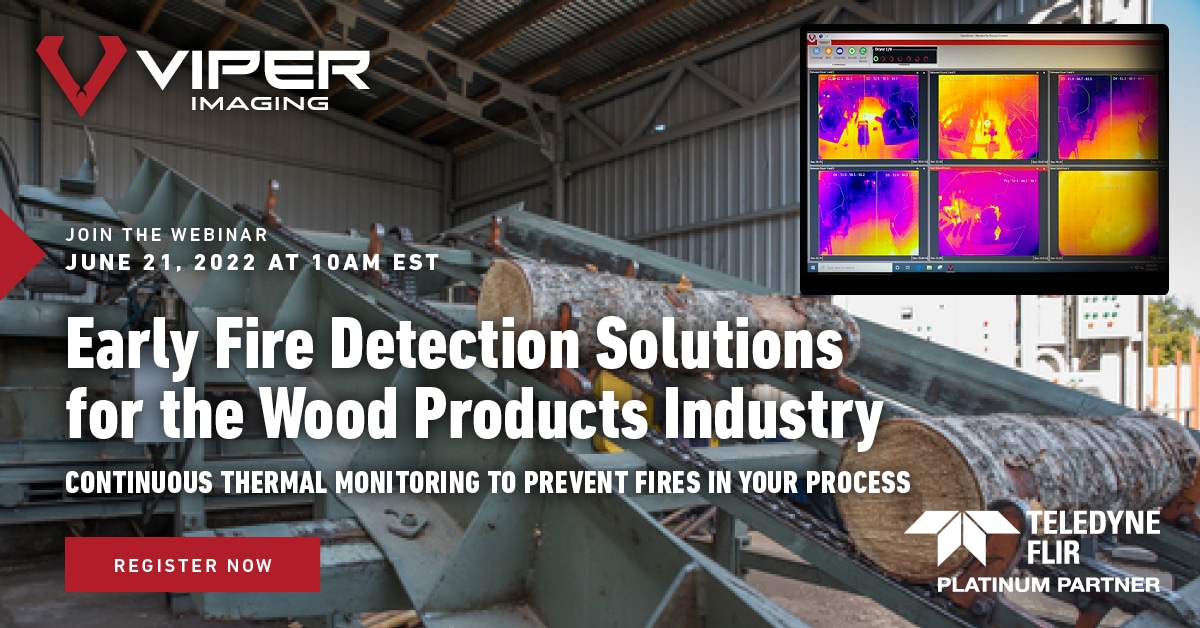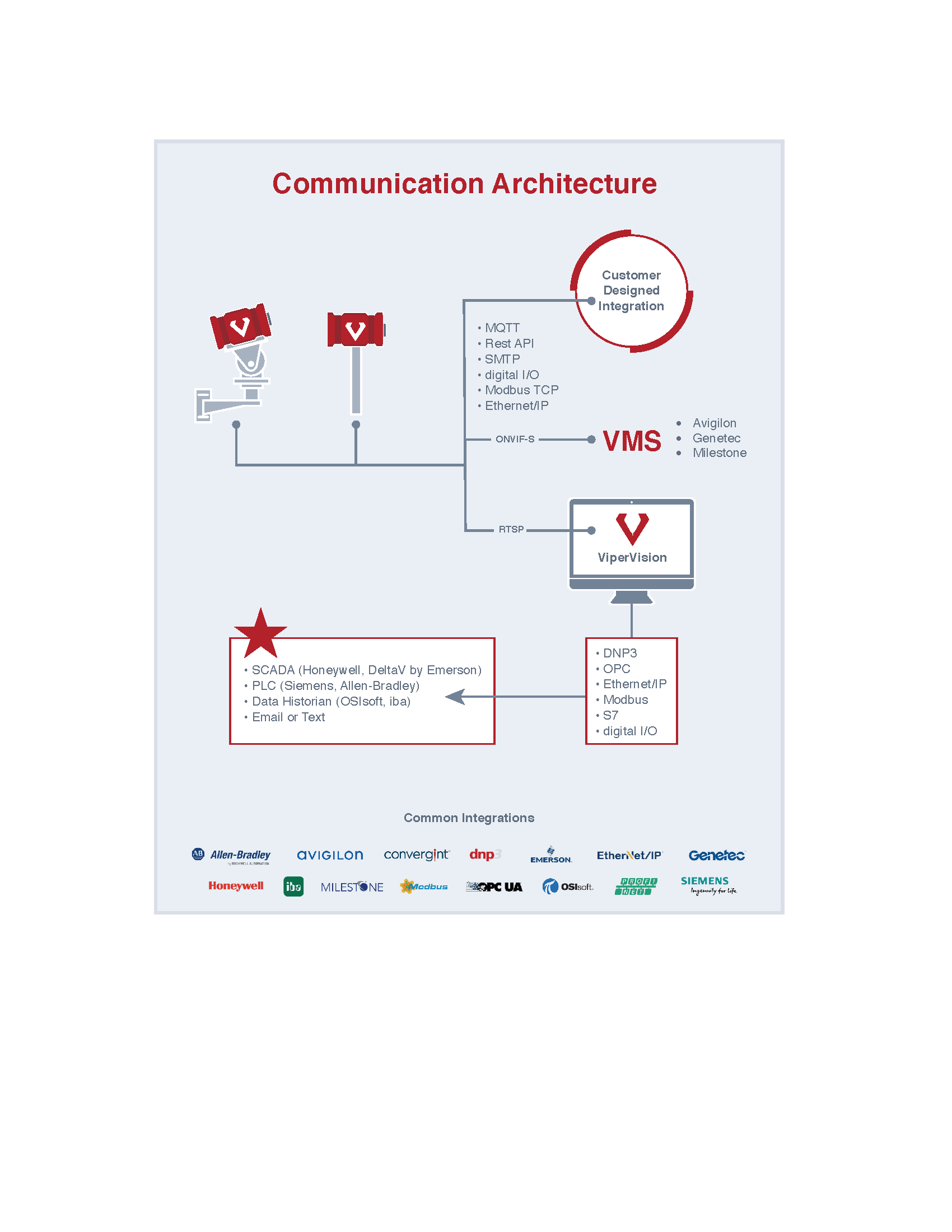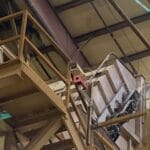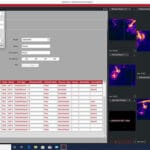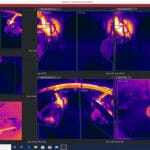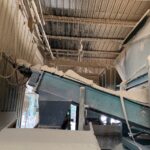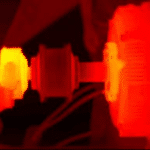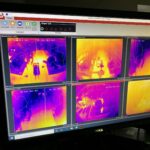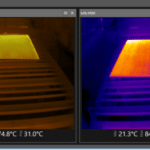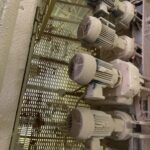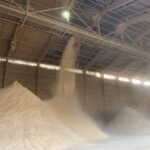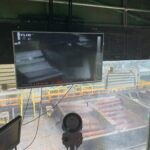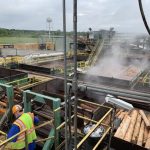Wood processing facilities are especially susceptible to fire because lumber materials and the byproducts of processing (i.e. dust) are exothermic without exposure to an external stimulus. In storage areas, the internal temperature of the material can increase to the point where it will burn spontaneously. Fine dust covers machinery and mechanical bearings in planer rooms and other points in the process. Without proper maintenance, the bearings can combust or even explode. If not caught in time, an entire building or storage area and the product contained in it can be destroyed.
Although most warehouses, storage areas, and processing facilities are equipped with smoke or spark detectors and fire-fighting systems, these systems initiate only when a fire already exists. Thermal imaging helps to detect hot spots before a fire occurs so that the necessary measures can be taken.
White Paper: Mitigating the Risk of Fire
Fire is a well-known risk – one that the lumber and wood processing industry takes seriously. Most facilities have implemented fire detection and suppression systems to help minimize the impact, but these reactive solutions only trigger when a fire has already started. Relying solely on these systems can have devastating consequences.
Download our white paper to learn why lumber and wood processing facilities need a proactive approach to fire prevention.
Webinar: Hosted by FLIR & Viper Imaging
With the record demands on this industry combined with higher insurance rates and a premium on uptime, it’s crucial to have constant monitoring to protect your people and resources from the damage caused by fire. Learn how our system adds another layer of safety to your facility and processes.
**Watch the presentation recording on YouTube**
Use Case Examples - Viper Early Fire Detection System
Bulk storage of any combustible materials presents a fire risk in many large storage areas such as wood chip or paper stockpiles and dust piles. Self-ignition usually starts within the bottom layers due to temperature increases in the material. By continuously monitoring the surface layers, hot spots are detected at an early stage and action can be taken for fire prevention.
Constantly monitor the temperature of machinery and motor bearings to prevent combustion from dust buildup.
Thermal imaging can “see through” the steam over log vats – which allows operators to prevent blockages.
System Solution Components
FLIR cameras are integrated with ViperVision software which directly communicates with most industrial platform controllers. The camera’s digital data stream is transmitted to ViperVision for analysis and storage. The software also controls all camera functions, displays thermal images, and generates reports.
Every thermal imaging camera is mounted in an industrial camera enclosure that uses the appropriate purge and pressurization to protect the camera equipment. Viper Imaging provides solutions for Class I and Class II environments that are Division 1 or 2 – as well as a variety of other industrial settings.
Hardware as a Service (HaaS) | Lease | Purchase | Rental | |
Upfront costs | $ | $ | $$$ | $$ |
Monthly fee | Yes | Yes | N/A | Varies |
Equipment ownership | Viper | Viper initially, then transitions to Customer | Customer | Viper |
Contract term | 3-year (renewable) | 2, 3, or 5 year | Paid with order | Weekly or Monthly |
Annual on-site routine maintenance & calibration checks | Yes | Optional | Optional | N/A |
Quarterly service plan | Yes | Optional | Optional | N/A |
ViperVision software upgrades | Yes | Optional | Optional | N/A |
Critical spares in consignment | Yes | Optional | Optional | N/A |
Key Benefits

